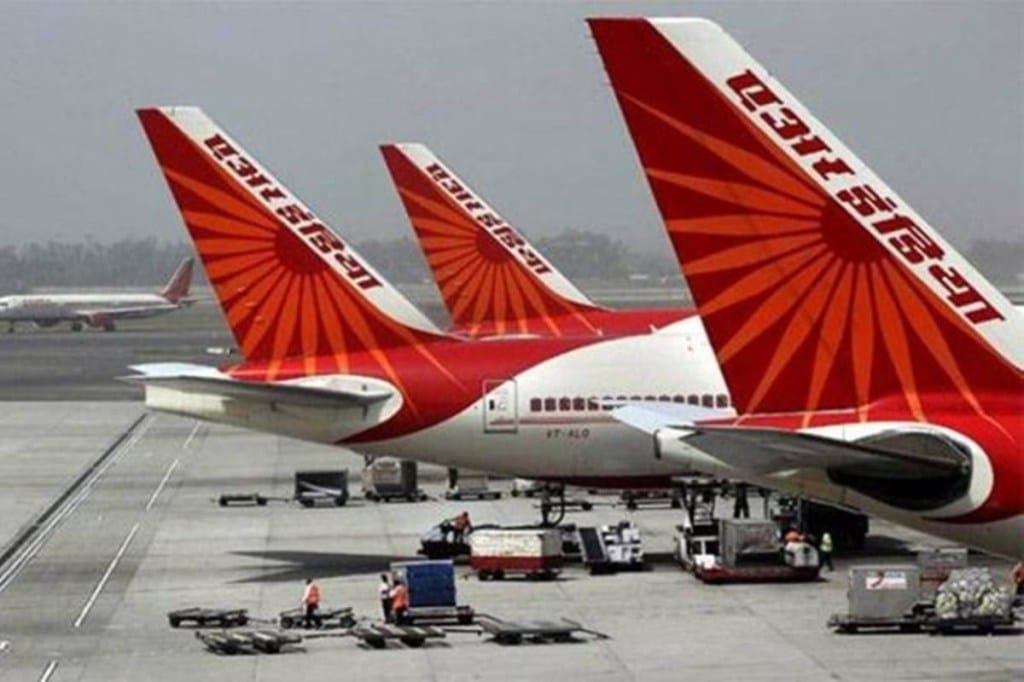The financial turnaround of Air India will happen once the passenger experience improves and it becomes an airline of choice for people, Campbell Wilson, managing director and CEO of the Tata group-owned company, said on Tuesday. “The financial turnaround is a combination of all aspects,” he added.
He further said that the turnaround has been broadly divided into three phases: the taxiing phase, the take-off phase and the climb phase, at the end of which the airline’s fleet size would triple. “The goal is to have a market share of 30% in the domestic as well as the international market in the next five years,” he said.
The current market share of Air India in the domestic market is 10% and in international, it is 12%. The current fleet strength is 117.
Speaking to a select group of journalists, Wilson, who joined the airline in May, declined to give any timeline for the financial turnaround but said he is both confident as well as optimistic about it happening. “We are fully energised and engaged to build Air India,” he said.
Also Read: Exclusive: Lockheed Martin’s VP & Chief Executive looks at expanding collaborations with Indian firms
Wilson said that in the first phase – taxiing – the focus will be on addressing all the issues which have tarnished the reputation of Air India. In the second – take-off phase – investments will be made in aircraft etc, which will take about three years; and in the final – climb phase – which will be achieved at the end of the fifth year, the airline would have surpassed the ‘very good’ mark level and that’s when the fleet size would have tripled and the targeted market share achieved.
In FY22, Air India’s revenue rose 64% but its losses also increased. The carrier’s standalone revenue stood at Rs 19,815.9 crore against Rs 12,104 crore a year ago, while losses widened to Rs 9,556.5 crore from Rs 7,017.4 crore.
The Tata group took charge of the airline in January this year.
Air India will be inducting five wide-body Boeing and 25 Airbus narrow-body planes over the next 15 months. The aircraft being leased are 21 Airbus A320neos, four Airbus A321neos and five Boeing B777-200LRs.
Air India’s narrow-body fleet currently stands at 70 aircraft. Of them, 54 are in service and the remaining 16 will progressively return to service by early 2023. The wide-body fleet stands at 43 aircraft, of which 33 are operational. The rest will return to service by early 2023.
Currently, the carrier is focusing on refurbishing its aircraft, as they are quite old, and improving the in-flight entertainment. The new aircraft will be inducted later as it takes time to negotiate contracts.
On the airline’s business model, Wilson said that it would be a combination of both low-cost service and a full-service carrier. “For international travel, passengers are more comfortable in full-service carrier but on domestic routes they transition into low-cost services, while in the hinterland a combination of both works,” he said.
Wilson further said that the airline will also create more hubs at Indian airports to fly passengers from neighbouring countries. “The Air India network was not commercially driven so far, but now we can appeal to international travellers and as they choose it, AI will emerge as an international airline of choice,” Wilson said.
He said that the airline has not invested much in technology in the past, and apart from flying its own staff, no investment was done in other areas in the last 15 years. “Going ahead, investments will be made in technology as well as people as if the airline is going to triple its fleet, more staff will be needed. We have already doubled staff at our call centre,” Wilson added.
